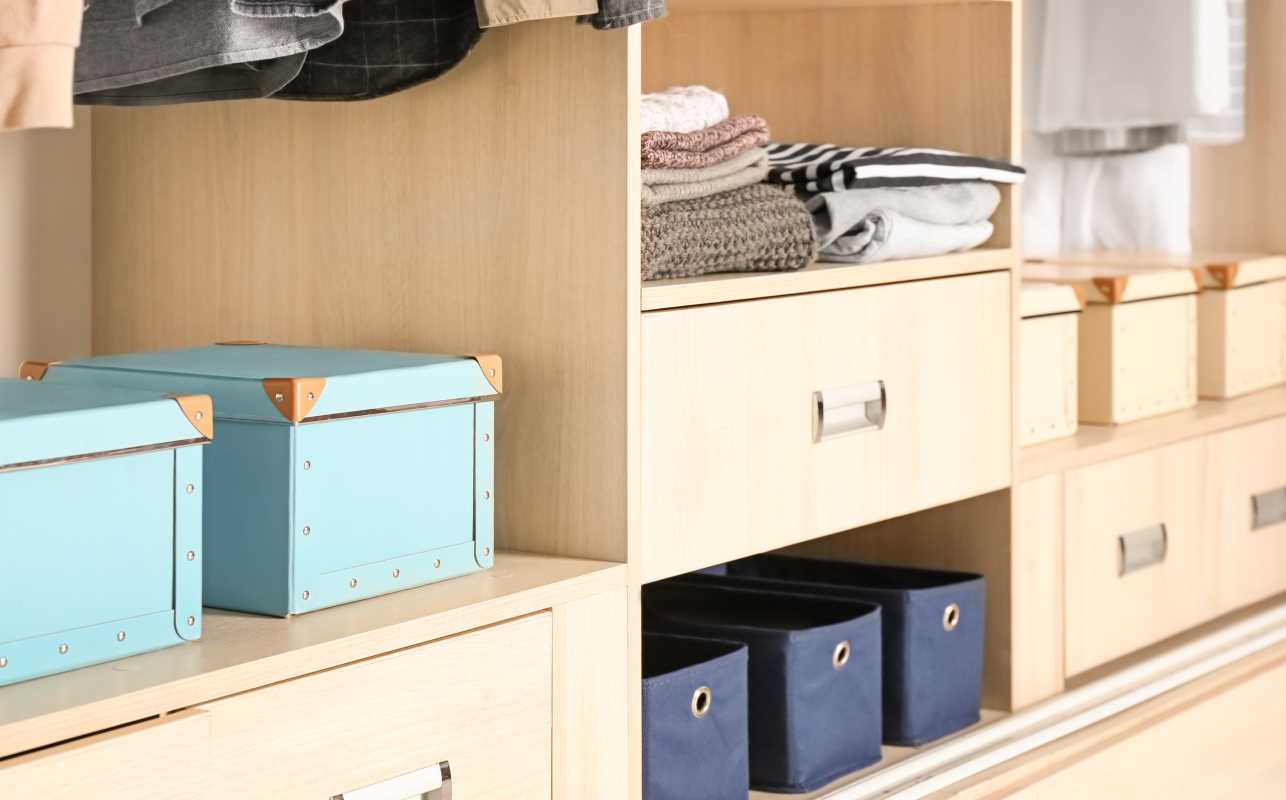A harmonious living space that accommodates both humans and furry family members can be a challenge. When designing your home to be pet-friendly, it's essential to strike a balance between style and functionality. From choosing the right materials to creating designated pet zones, here are some key tips to help you create a space that is both aesthetically pleasing and practical for your pets.
When designing a pet-friendly home, consider the type of flooring you use. Opt for durable materials such as hardwood, laminate, or vinyl that are scratch-resistant and easy to clean. These materials are pet-friendly and can withstand the wear and tear caused by playful paws. Avoid wall-to-wall carpeting, which can trap pet hair and odors, making it difficult to maintain cleanliness.
Creating a designated pet area in your home is essential for promoting a sense of belonging and comfort for your furry friends. Designate a cozy corner or nook with a pet bed, toys, and food and water bowls. This designated space will give your pets a sense of ownership and help prevent them from taking over the entire house. Incorporate this area into your overall design scheme by choosing furniture and accessories that complement your pet's belongings.
When selecting furniture for your pet-friendly home, opt for pieces that are both stylish and pet-friendly. Choose sofas and chairs with durable, stain-resistant fabrics such as microfiber or leather. These materials are easy to clean and can withstand pet hair and stains. Additionally, consider investing in furniture with removable and washable covers for easy maintenance. This way, you can keep your furniture looking fresh and clean despite your pet's presence.
In a pet-friendly home, storage is key to maintaining a clutter-free space. Invest in storage solutions such as baskets, bins, and cabinets to keep pet toys, leashes, and grooming supplies organized and out of sight. A well-organized space not only looks more inviting but also creates a safer environment for your pets by preventing them from accessing potentially harmful items.
Incorporating indoor plants into your home can help create a vibrant and inviting atmosphere. However, it's essential to choose pet-safe plants that are non-toxic to animals. Some pet-friendly plants to consider include spider plants, Boston ferns, and bamboo palms. Place these plants in high, out-of-reach areas to prevent your pets from nibbling on them. By adding greenery to your space, you can create a calming and visually appealing environment for both you and your pets.
When designing a pet-friendly home, it's crucial to consider the safety and comfort of your furry companions. Install safety gates or barriers to restrict access to certain areas of your home, such as staircases or hazardous spaces. Secure electrical cords and outlets to prevent your pets from chewing on them. Additionally, provide ample sunlight, ventilation, and cozy resting spots for your pets to enjoy. By prioritizing your pet's well-being in your design choices, you can create a space that is both stylish and pet-friendly.
Designing a pet-friendly home requires careful planning and consideration to create a space that harmoniously accommodates both pets and humans. By following these tips, you can design a home that is comfortable, stylish, and practical for your furry friends. From choosing the right flooring materials to creating designated pet zones, incorporating these pet-friendly design elements will help you create a space that both you and your pets will love to call home.
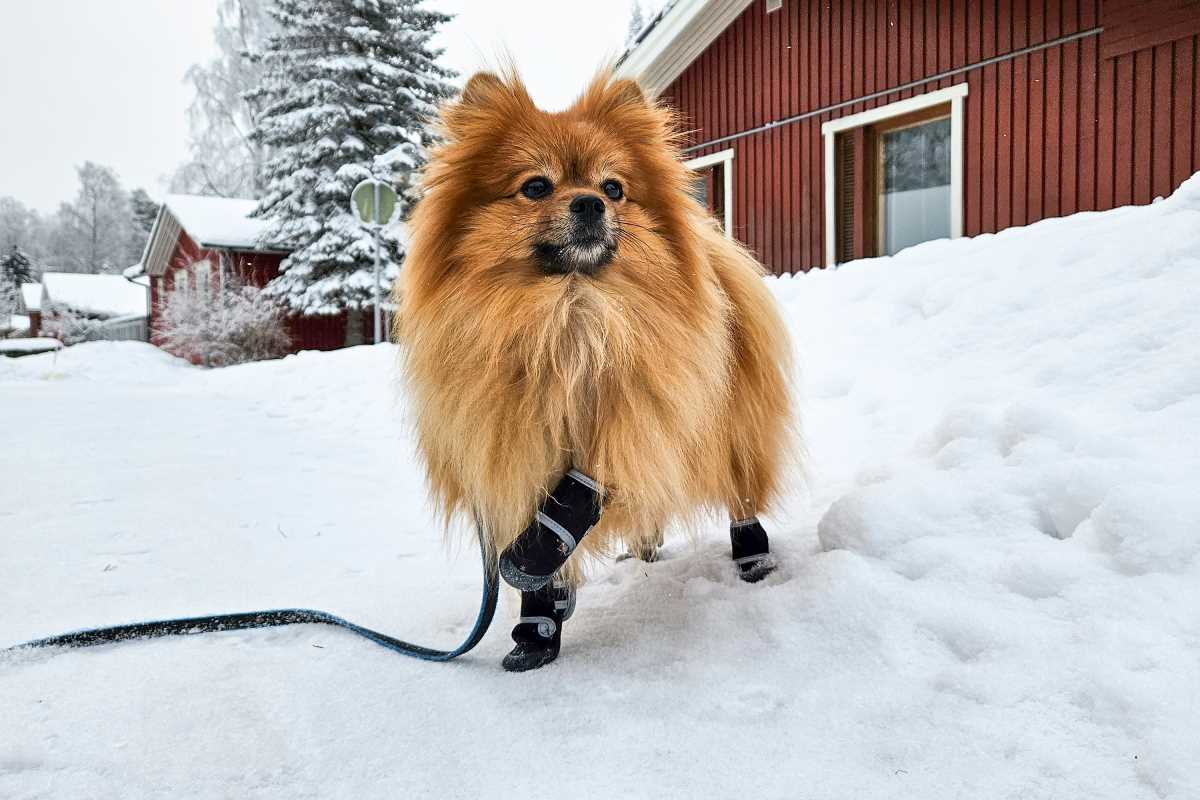 (Image via
(Image via
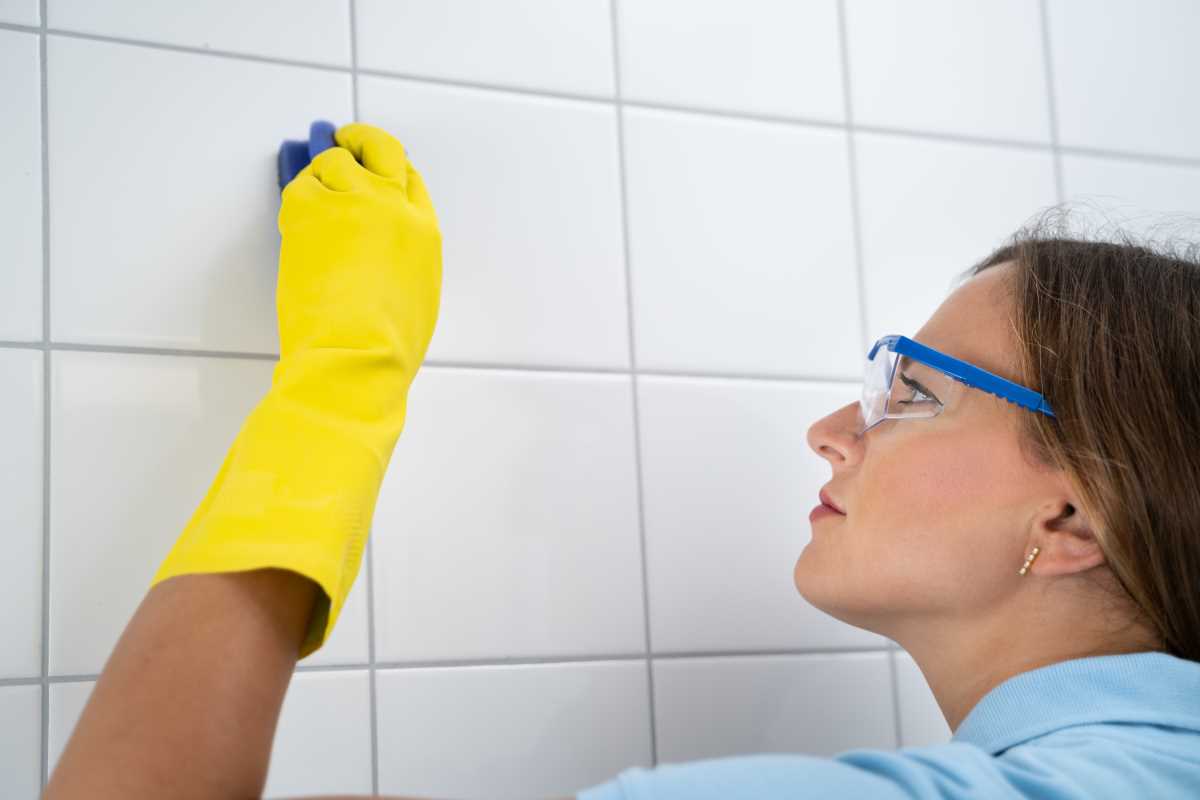
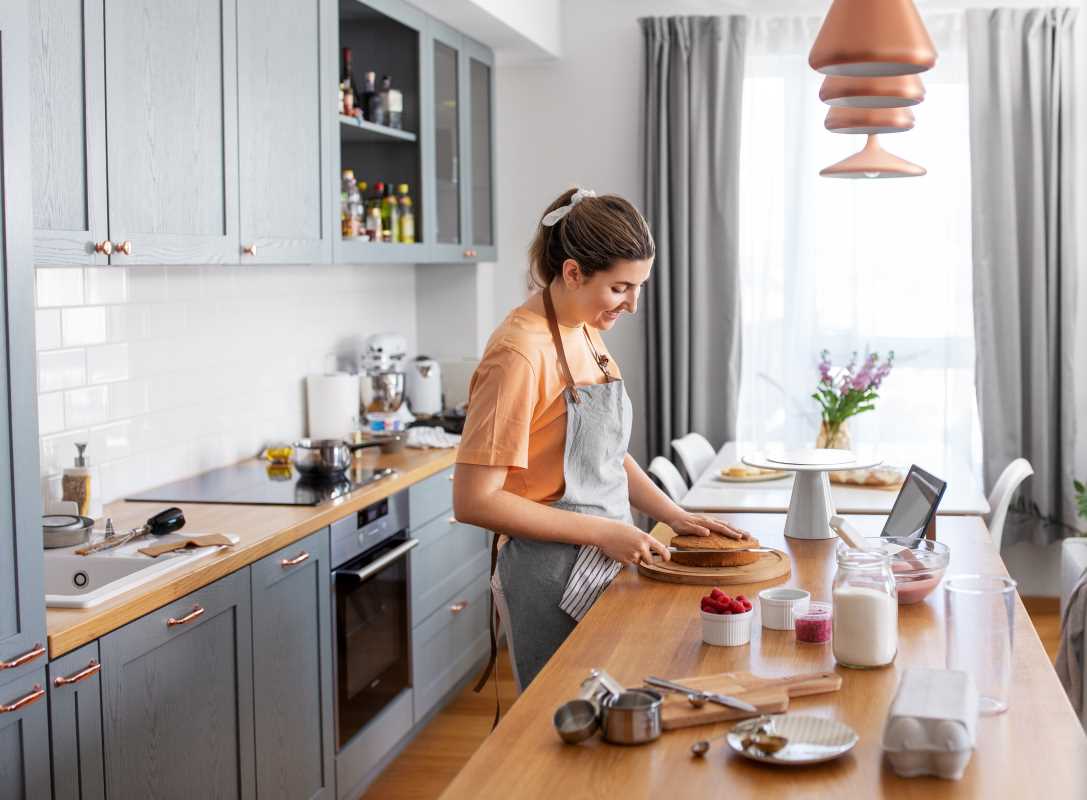
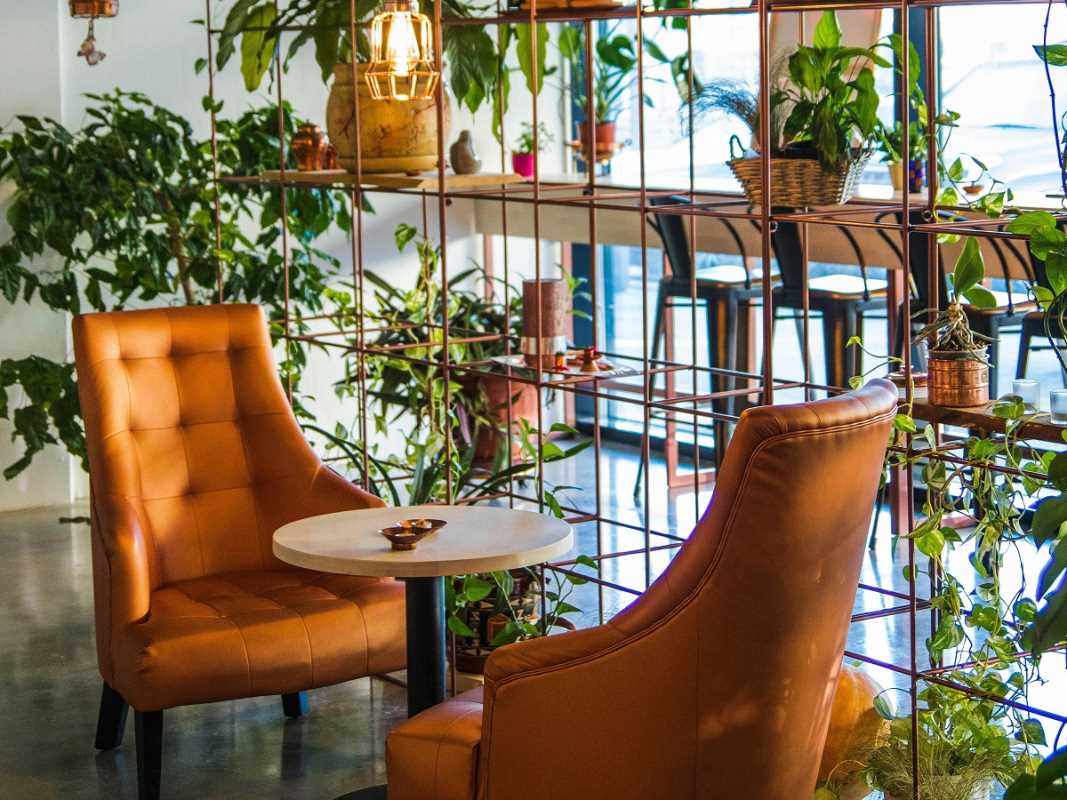
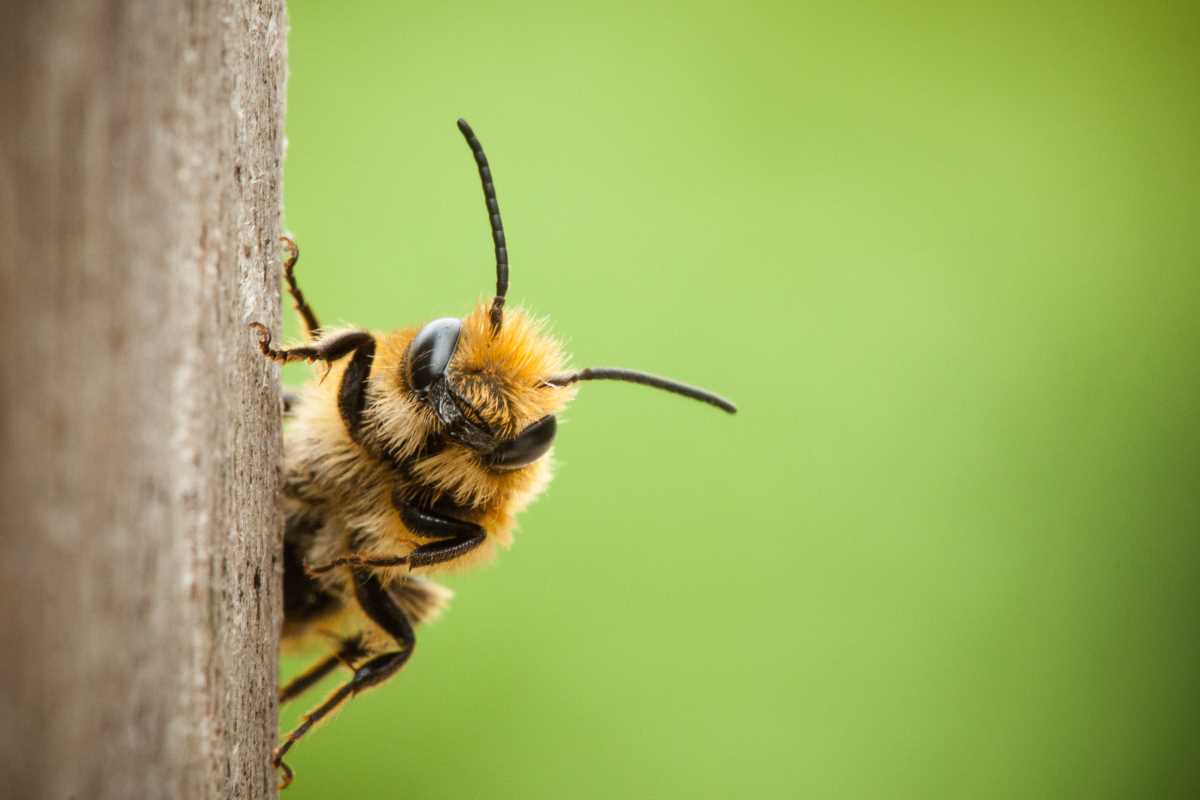
.jpg)
